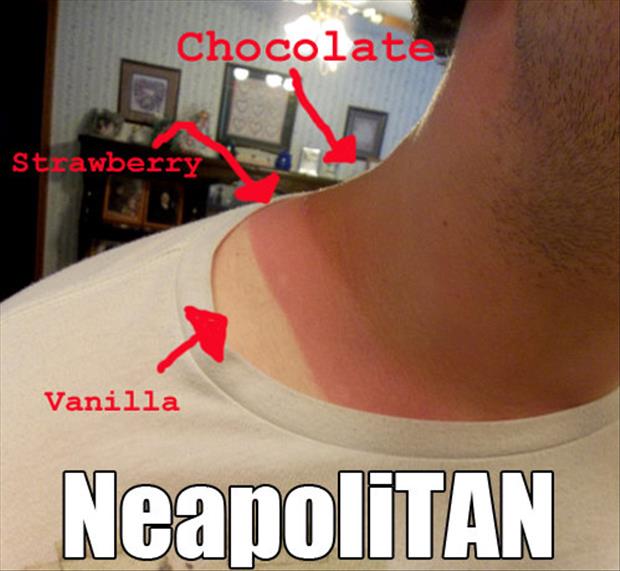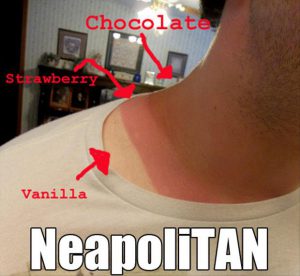
Protecting Your Family’s Skin: The Importance of Sun Safety
As the warmer months approach, many of us can’t wait to spend time outdoors with our loved ones, enjoying the sunshine and making lasting memories. Whether you’re planning a family vacation to the beach or mountains, a backyard BBQ with friends and family, or a simple picnic in the park, the outdoors offers endless possibilities for fun and adventure. However, as we bask in the sun’s warm rays, it’s essential to remember the importance of sun safety.
Sun safety should be at the top of your priority list, just as you would prioritize packing sunscreen, comfortable clothing, and bug spray for your outdoor excursion. Exposure to the sun’s ultraviolet (UV) rays can increase the risk of skin cancer, premature aging, and other health issues, making it crucial to take proactive steps to protect your skin. The sun’s UV rays can penetrate clouds, glass, and even water, making it difficult to avoid exposure altogether. In fact, the American Academy of Dermatology estimates that one in five Americans will develop skin cancer by the age of 70, making sun safety a critical consideration for individuals of all ages.
In this article, we’ll explore the importance of sun safety and provide you with practical tips to protect your family’s skin. We’ll cover the risks associated with UV exposure, discuss the benefits of sun-protective clothing and accessories, and offer advice on how to choose the right sunscreen for your family’s needs. By the end of this article, you’ll be equipped with the knowledge and strategies necessary to ensure a safe and enjoyable outdoor experience for everyone.
The Risks of UV Exposure:
UV radiation from the sun or tanning beds can cause damage to your skin in just a few minutes. Prolonged exposure can lead to:
1. Skin Cancer: Melanoma, the deadliest form of skin cancer, is on the rise worldwide. According to the Skin Cancer Foundation, one in five Americans will develop skin cancer by the age of 70.
2. Premature Aging: UV exposure can cause wrinkles, fine lines, and age spots, making your skin look older than it is.
3. Eye Damage: UV rays can cause cataracts, macular degeneration, and eye irritation.
4. Weakened Immune System: UV exposure can weaken your immune system, making you more susceptible to illnesses.
Practical Tips for Sun Safety:

Proper sunscreen application is essential to protect skin from harmful UV rays. (Photo source: Adobe Stock)
1. “Slip, Slop, Slap”: Use these three simple words to remember how to protect your skin: Slip on a shirt, hat, or other protective clothing; Slop on a broad-spectrum sunscreen with a Sun Protection Factor (SPF) of 30 or higher; and Slap on a lip balm with SPF.
2. Seek Shade: Whenever possible, seek shade, especially during peak sun hours (10 am – 4 pm).
3. Wear Protective Clothing: Choose clothing with a tight weave, as loose weaves can allow UV rays to pass through. Look for clothing with a UPF (Ultraviolet Protection Factor) rating of 50+.
4. Use a Sunscreen: Apply sunscreen 15-30 minutes before going outside and reapply every two hours or immediately after swimming or sweating. Choose a broad-spectrum sunscreen with a SPF of 30 or higher.
5. Don’t Forget Your Eyes: Wear sunglasses with UV protection to prevent eye damage.
6. Check the UV Index: Plan your outdoor activities according to the UV index, which is a measure of the sun’s ultraviolet radiation.
Additional Tips for Families:
1. Make Sun Safety a Family Affair: Educate your children about the importance of sun safety and involve them in the process of protecting their skin.
2. Create a Sun Safety Routine: Develop a routine that includes applying sunscreen, wearing protective clothing, and seeking shade.
3. Be Mindful of Reflective Surfaces: Be aware of reflective surfaces like water, sand, and snow, which can increase UV exposure.
4. Don’t Rely on Clouds: Up to 80% of the sun’s UV rays can pass through clouds, so don’t rely on clouds to protect your skin.
By following these practical tips and making sun safety a priority, you can protect your family’s skin and reduce the risk of skin cancer, premature aging, and other health issues. Remember, sun safety is a habit that’s easy to develop and maintain, and it’s worth it to protect the ones you care about!
An Equal Opportunity Institution
NOTE: During the preparation of this work the author used the AI tool NaviGator to create an outline for this article. After using this service, the author reviewed and edited the content as needed and takes full responsibility for the content of the publication.


